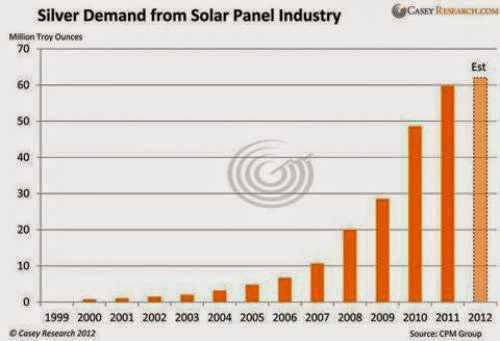
With the promise of clean, green, free electricity and a guaranteed income from it for 25 years, what's not to like? Quite a lot, actually, say some, who are critical of the Feed In Tariff (FiT) system. There is an increasingly polarised debate between those who say solar PV must play a vital part in our future renewable energy mix, and those who say it is a horrendously costly scheme that ultimately subsidises the middle classes to put income-generating panels on their roofs. The system pays home owners 41.3 pence per unit of PV electricity they produce, while most people pay, at the moment, between 9 and 13 pence per unit for what they buy from the grid. Where will this enormous shortfall be plugged? In higher electricity bills for those not fortunate enough to afford the lb20,000 outlay it costs to put panels up, say critics, including George Monbiot, the green campaigner, and the TaxPayers' Alliance.


















0 comments:
Post a Comment